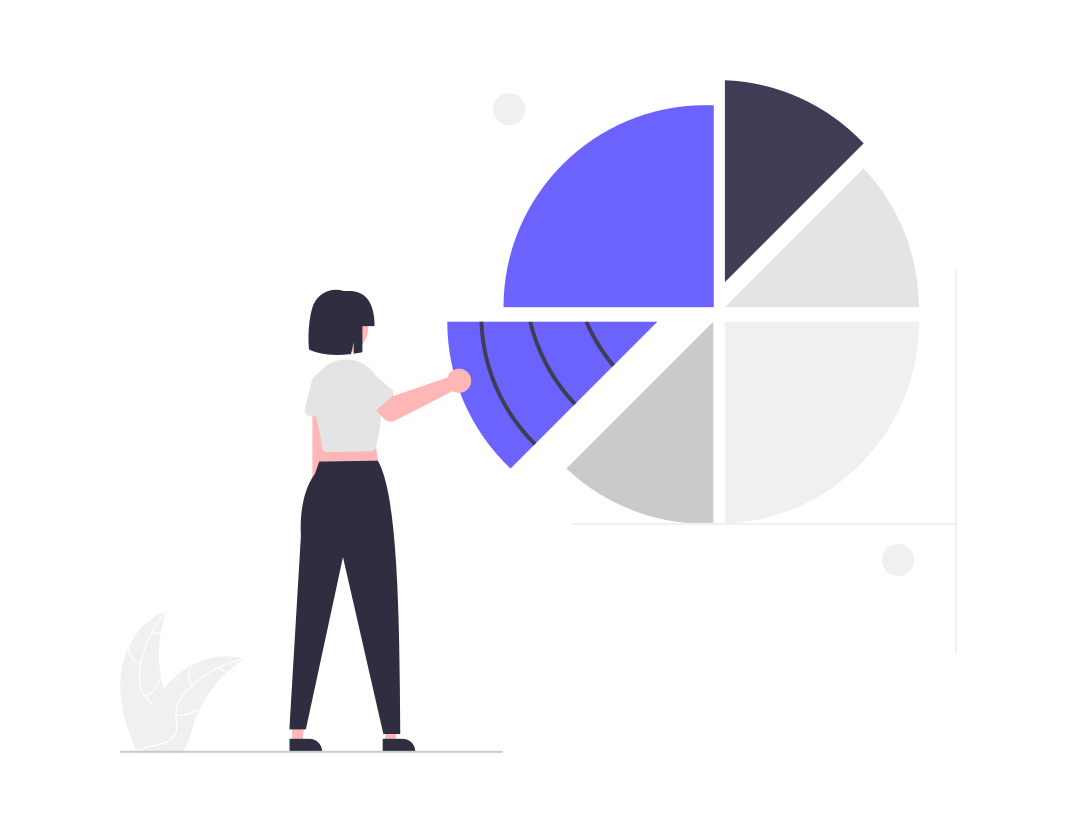The Internet of Things (IoT) is revolutionizing the way businesses interact with customers. With interconnected devices generating vast amounts of data, marketers now have unprecedented access to real-time information about customer behaviors and preferences. This treasure trove of data, when harnessed effectively, can transform marketing strategies through advanced behavioral segmentation.
Understanding IoT Data
IoT devices include anything from smart home gadgets, wearables, and connected cars to industrial sensors. These devices continuously collect and transmit data, providing insights into user interactions, environmental conditions, and more. For marketers, this means a continuous stream of valuable information that can be used to understand and predict customer behaviors in real-time.
The Mechanics of Real-Time Behavioral Segmentation with IoT
1. Data Collection
- Sensors Everywhere: IoT devices are embedded with sensors that track and record various activities and environmental factors.
- Data Streams: Continuous data streams from these sensors provide real-time insights into user behaviors and conditions.
2. Data Transmission and Integration
- Connectivity: IoT devices transmit data through the internet to centralized databases.
- Integration: Combining IoT data with other data sources such as CRM systems and web analytics platforms provides a holistic view of customer behavior.
3. Data Analysis and Segmentation
- Real-Time Processing: Advanced algorithms and AI models analyze incoming data in real-time to identify patterns and segment users based on their behaviors.
- Dynamic Segmentation: Customer segments are continuously updated based on the latest data, ensuring that marketing efforts remain relevant and timely.
Practical Applications in Marketing
Personalized Customer Experiences
- IoT data enables hyper-personalization by providing detailed insights into individual preferences and behaviors. For example, a smart thermostat can provide data on a customer's home comfort preferences, allowing for targeted promotions of energy-efficient products.
Predictive Marketing
- By analyzing IoT data, businesses can anticipate customer needs and behaviors. Wearable fitness trackers, for example, can indicate when a user might be in the market for new workout gear based on their activity patterns.
Enhanced Customer Engagement
- Real-time insights from IoT devices can inform proactive engagement strategies. Smart appliances that detect usage patterns can trigger timely maintenance reminders or offers for complementary products.
Challenges and Solutions in Leveraging IoT Data
Data Privacy and Security
- Challenge: Protecting the vast amounts of personal data collected by IoT devices is paramount.
- Solution: Implement robust security protocols and adhere to data privacy regulations to ensure customer trust and compliance.
Data Overload
- Challenge: The sheer volume of data generated by IoT devices can be overwhelming.
- Solution: Utilize advanced data processing tools and machine learning algorithms to filter and analyze relevant data effectively.
Integration Complexity
- Challenge: Integrating IoT data with existing marketing systems can be complex.
- Solution: Employ middleware solutions and APIs that facilitate seamless data integration across platforms.
Future Prospects of IoT in Behavioral Segmentation
Advanced Predictive Analytics
- The future of IoT in marketing lies in its ability to predict customer behaviors with greater accuracy. Enhanced AI algorithms will enable more precise forecasting, allowing businesses to stay ahead of market trends.
Cross-Industry Applications
- IoT data will increasingly be used across various industries to inform marketing strategies. From healthcare to retail, the potential applications are vast and varied.
Ethical AI
- As the use of AI in IoT data analysis grows, so too will the focus on ethical considerations. Ensuring fairness, transparency, and accountability in AI models will be crucial in maintaining customer trust.
Epilogue: Embracing the IoT Revolution
The integration of IoT data into real-time behavioral segmentation is not just a technological advancement but a paradigm shift in how businesses approach marketing. By leveraging the continuous flow of data from interconnected devices, marketers can gain deeper insights into customer behaviors, enhance personalization, and ultimately drive greater engagement and conversion rates. As the IoT landscape evolves, staying ahead of the curve will be essential for businesses aiming to thrive in the digital age.


